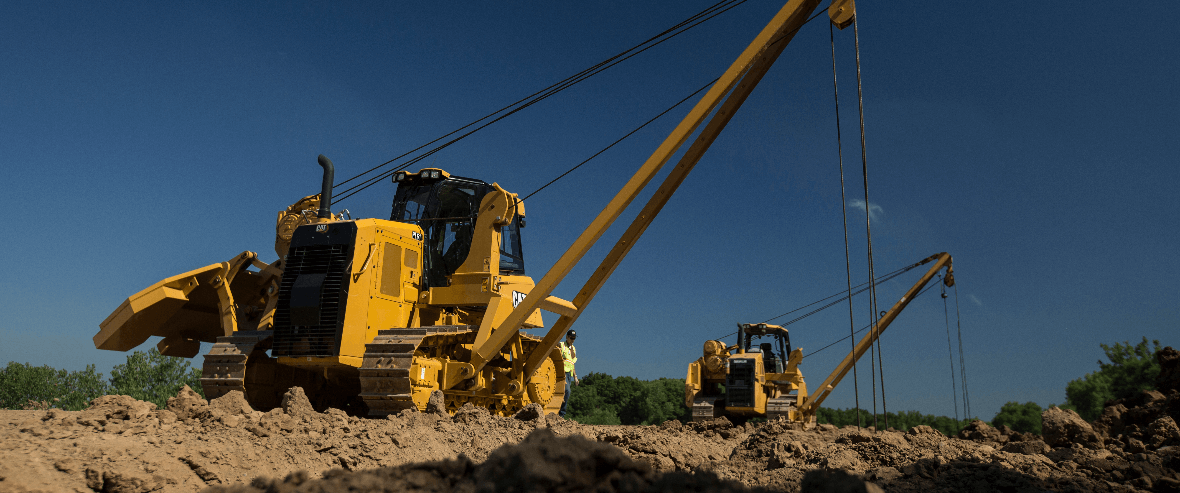Superior Oilfield pipeline equipment rentals: examples from the field
Everything About Oil Field Equipment and Pipeline Equipment: Key Insights and Essential Info
Oil field equipment and pipeline systems play a critical duty in the oil and gas industry. They are crucial for the effective removal and transport of hydrocarbons. Secret parts, such as drilling rigs and storage tanks, directly influence functional success. Improvements in innovation promise to enhance safety and security and performance. Comprehending these elements is vital for anyone included in or thinking about this complex sector, as it sets the phase for deeper exploration of market methods.

Review of Oil Field Equipment
As the need for oil remains to expand, comprehending the equipment utilized in oil areas ends up being progressively important. Oil field equipment encompasses a wide variety of equipment and devices crucial for exploration, extraction, and handling. Trick parts include piercing rigs, which are critical for reaching oil storage tanks, and production tools, such as separators and pumps, that promote the extraction process. Superior Rentals fusion machines. In addition, tank play a significant function in holding petroleum prior to transport. Safety and security equipment, including blowout preventers and stress determines, ensures operational safety and performance. Each item of devices functions cohesively to maximize production and maintain effective workflow. Experience with this equipment is essential for specialists in the sector to guarantee effective procedures and adherence to safety requirements
Sorts Of Drilling Rigs and Their Applications
Drilling rigs work as the foundation of oil removal procedures, with various types developed for certain geological conditions and functional demands. One of the most common kinds consist of rotating drilling rigs, which use a turning drill little bit to penetrate the planet, and cord device rigs, known for their percussion exploration technique. For overseas operations, jack-up rigs and semi-submersible rigs provide stability and support in aquatic atmospheres. In addition, directional boring rigs make it possible for operators to pierce at angles, reaching deposits that are not up and down obtainable. Each rig type has unique benefits, maximizing performance and security based on the exploration setting. Selecting the ideal rig is vital for making the most of source removal while decreasing ecological effect and functional expenses.

Crucial Pipeline Equipment and Their Functions
Pipeline framework is vital for the transport of oil and gas from extraction sites to refining facilities and end-users. Different vital tools parts promote this procedure. Pipelines themselves function as the primary channels, developed to stand up to high pressure and destructive compounds. Pump stations are critical for keeping circulation by increasing pressure along the pipeline. Valves play an essential role in controlling circulation and isolating areas for upkeep. Furthermore, installations and adapters assure protected joints in between pipe areas. Checking systems, including flow meters and stress sensing units, are essential for discovering leaks and optimizing circulation rates. Finally, pigging tools is employed for upkeep and cleaning, safeguarding pipeline stability and efficiency. Together, these components create the foundation of a trustworthy pipeline system.
Advancements and Technologies in Oil and Gas Equipment

Safety and Upkeep Practices in the Oil Sector
While the oil sector has actually made substantial strides in innovation and effectiveness, the importance of durable security and upkeep methods can not be overstated. Reliable safety and security methods are important to protect employees and the environment, reducing the danger of mishaps and spills. Regular evaluations and upkeep of devices aid determine possible concerns prior to they rise, making certain operational honesty. Training programs for employees are crucial, emphasizing the relevance of safety recognition and emergency situation response treatments. In addition, adherence to sector policies and criteria cultivates a society of security. Carrying out innovative monitoring modern technologies can better boost maintenance practices, permitting real-time evaluations of tools conditions. Ultimately, prioritizing security and upkeep is indispensable to the sustainability and success of the oil sector.
Regularly Asked Questions
What Are the Ecological Influences of Oil Field Equipment?
The ecological influences of oil field equipment include environment destruction, water contamination, and air contamination (Superior Oilfield Rentals Texas). In addition, devices breakdown can result in spills, negatively affecting wild animals and ecosystems, highlighting the requirement for rigorous guidelines and surveillance
Just How Is Oil Field Equipment Transported to Remote Locations?
Transferring oil field equipment to remote places typically includes specific vehicles, helicopters, or barges. Logistics companies coordinate routes, making sure equipment gets here safely and effectively, thinking about terrain and access to minimize hold-ups and make best use of performance.
What Regulative Requirements Govern Oil Field Equipment?
Regulative requirements governing oil field equipment largely consist of safety and security, environmental management, and functional efficiency guidelines. Agencies such as OSHA and EPA impose these regulations to assure risk-free techniques and decrease environmental influence in oil removal operations.
What Abilities Are Needed to Run Oil Area Equipment?

Just How Do Oil Prices Affect Equipment Need and Usage?
Oil costs significantly influence equipment need and use. Higher costs normally result in increased expedition and production tasks, driving demand for machinery. Alternatively, lower rates may cause minimized operations and decreased requirement for tools.